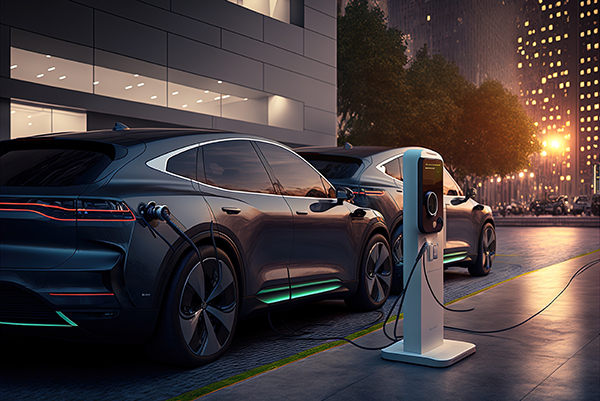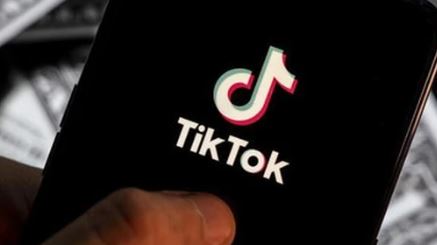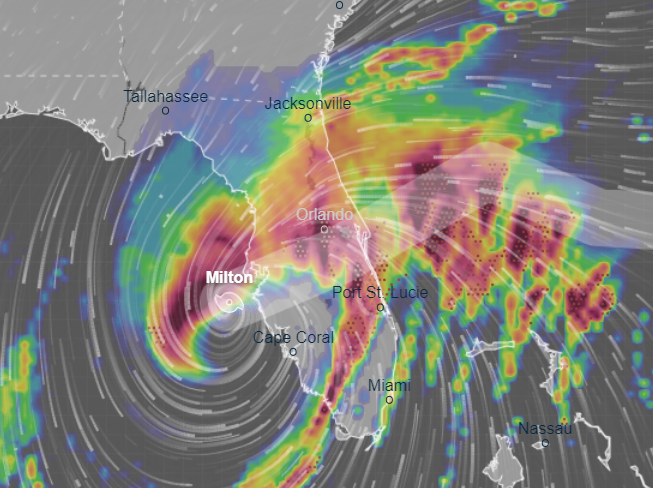Electric vehicle fires making headlines around the world as fears grow over battery risks
10/21/2024 / By Cassie B.

The dangers of electric vehicles have been gaining a lot of unwanted attention in the aftermath of hurricanes Helene and Milton after numerous cars went up in flames – much to the surprise of many owners who were unaware of the drawbacks of their “green” vehicles.
When electric vehicles are flooded by problems like storm surges, they can spontaneously combust. Florida State Fire Marshal Jimmy Patronis issued a statement about a string of fires that were seen following Helene’s landfall. At that time, at least 64 lithium battery fires had been recorded, with electric vehicles making up 17 of them and the remainder attributed to golf carts, hoverboards and scooters. In one case, an electric wheelchair sparked a fire.
The insurance company GEICO warned policyholders about the threat of EVs catching on fire, while Tesla sent push notifications to its vehicle owners warning them to keep them on higher ground.
In an interview with the Miami Herald, Patronis called flooded lithium ion batteries “ticking time bombs” that can wreak more havoc than the storms that caused the flooding.
He said: “The average citizen I guarantee you does not realize they have a liability in their house with the salt water flooding.”
Saltwater is capable of conducting electricity, and when it makes its way inside sealed lithium ion batteries in electric vehicles, it can lead to a short circuit, creating heat and potentially catching on fire.
However, this risk is always present, even in the absence of flooding, due to the design of the batteries and the way that they work. By storing a considerable amount of energy within a very compact space, they are highly efficient, but the damage can be significant if they overheat, sustain physical damage or short circuit, causing them to ignite and burn in spectacular fashion.
Making matters even more complicated, these battery fires might not occur until hours, or even weeks after the vehicle has been exposed to salt water, making it essential to move them outside of surge zones.
EV fires can be very difficult to extinguish
At least 36 electric vehicles caught on fire due to Hurricane Ian in 2022, with some of the fires erupting while the EVs were being towed. In one case, a fire truck used up all of its water in just 10 minutes trying to put out an electric vehicle fire in Collier County, requiring them to run a fire hose on the car for another hour. The flame was eventually put out, but it reignited a few hours later, underscoring how complicated these types of fires can be to extinguish.
This weekend, four people died in France after a Tesla electric vehicle they were riding in caught on fire outside the city of Niort. The driver and three passengers died after the vehicle caught on fire and slammed into road signs at a high speed. French authorities are launching an investigation into the incident, but it is not the first time that Tesla has found itself in the spotlight over this issue.
It has become a particular concern in China, where electric vehicles are now banned from using underground parking lots. The country is a leader in the electric vehicle market, and the global industry will be paying close attention to the situation there.
While a traditional vehicle fire can take between 220 and 400 gallons of water to put out, electric vehicles often require upwards of 6,600 gallons to fully extinguish.
In addition, these vehicles emit highly toxic fumes while they are burning, including carbon monoxide and hydrogen cyanide, putting those in the area surrounding the fire in danger.
Sources for this article include:
Submit a correction >>
Tagged Under:
car batteries, Dangerous, disaster, electric cars, electric vehicles, EVs, fires, flying cars, Glitch, products, robocars
This article may contain statements that reflect the opinion of the author
RECENT NEWS & ARTICLES
COPYRIGHT © 2017 GLITCH.NEWS
All content posted on this site is protected under Free Speech. Glitch.news is not responsible for content written by contributing authors. The information on this site is provided for educational and entertainment purposes only. It is not intended as a substitute for professional advice of any kind. Glitch.news assumes no responsibility for the use or misuse of this material. All trademarks, registered trademarks and service marks mentioned on this site are the property of their respective owners.



















